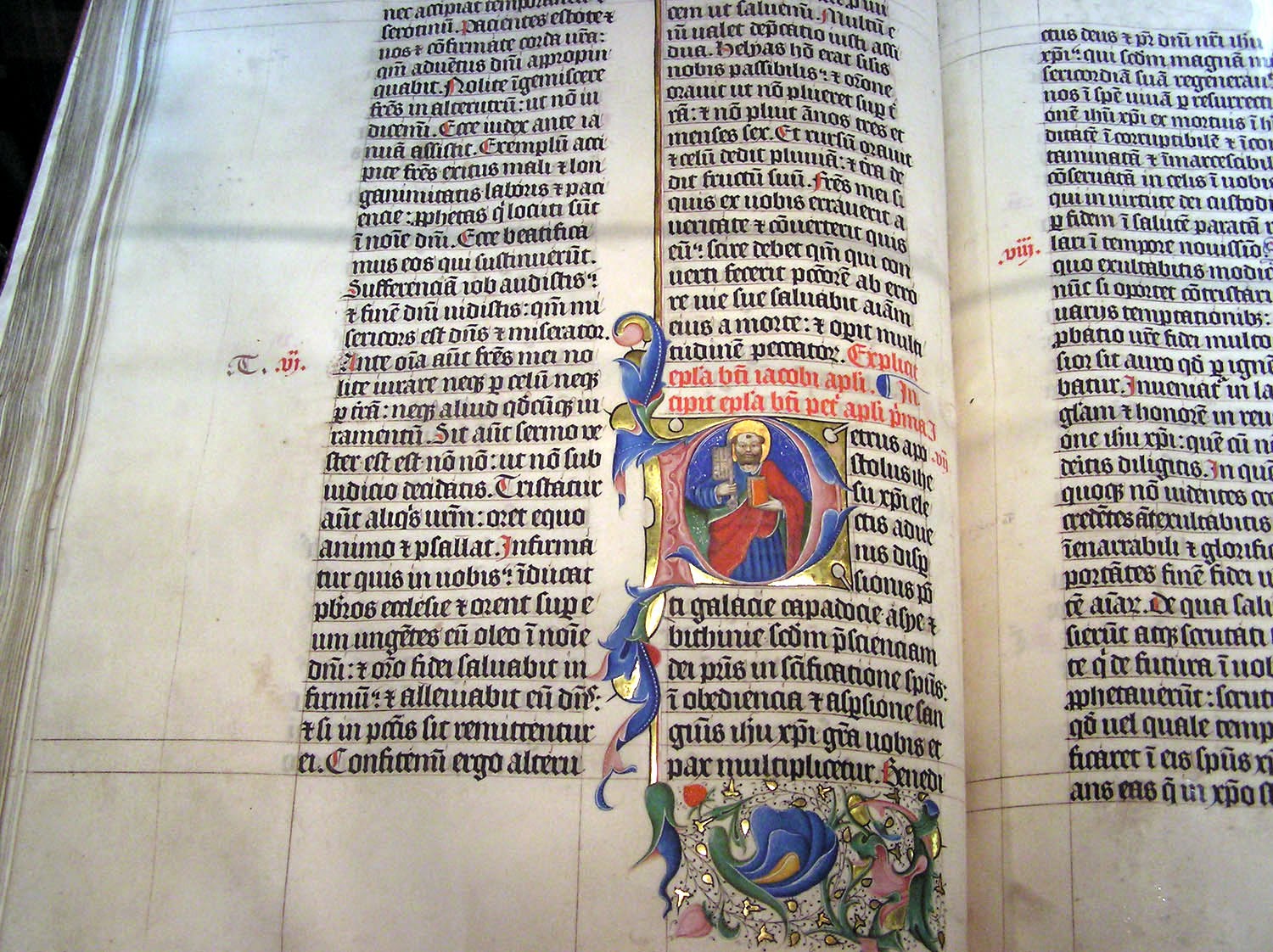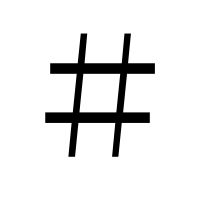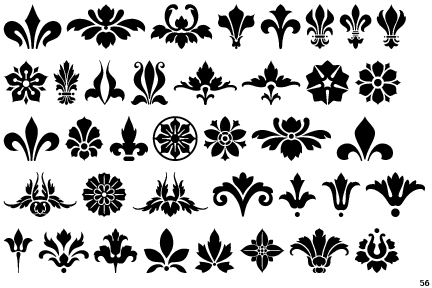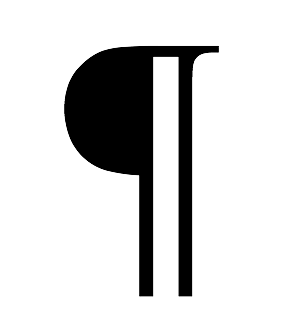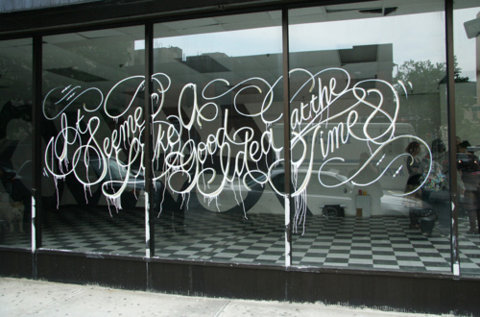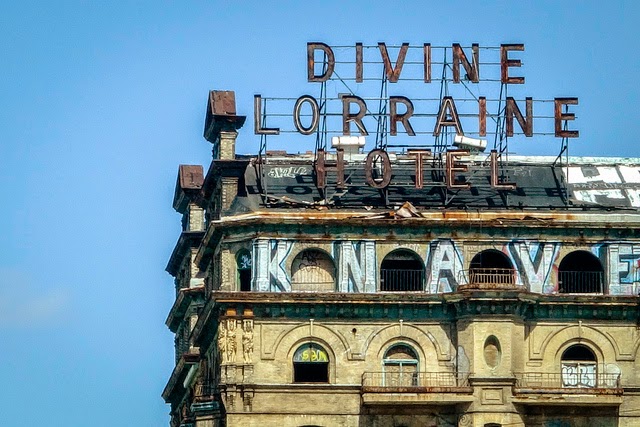Drop caps or "initial caps" have been used dating back to the 4th century CE. Originally, they were not used as decorative elements. Scribes used them to mark where a new section started in the text, much like an indent in the beginning of a paragraph functions today. In the 15th century monks and scribes used drop caps as a way to start a new idea in a passage. "Historiated" drop caps were drop caps that contained an image in them to relate the image to the text. They also marked specific places in the text. In the image below you can see how the initial cap "P" in the word "Petrus" contains an image of Saint Peter, an example of an "historiated" drop cap. Initial caps like these were often in illuminated manuscripts.
Drop caps were also used in books during these times. In the example below, drop caps are being used to order information alphabetically in a table of contents in a book. The initial caps were written in after the book had already been printed. Although not as beautiful as those in the illuminated manuscript, they still serve an important purpose.
Early printed books often strived to replicate illuminated manuscripts. Space was left after the book was printed so an artisan could illustrate an initial cap and borders. An example of this is seen below.
Today, drop caps are no longer necessary and are typically used as a decorative element. They are often associated with an "old" or "traditional" feeling as they had been used so often in older texts.
Designer Jessica Hische has created a project called Daily Drop Cap, in which she created a drop cap for every letter of the alphabet, for twelve entire alphabets. The drop caps are done in a number of different themes and different illustrative styles.
Source: http://www.smashingmagazine.com/2012/04/03/drop-caps-historical-use-and-current-best-practices/
